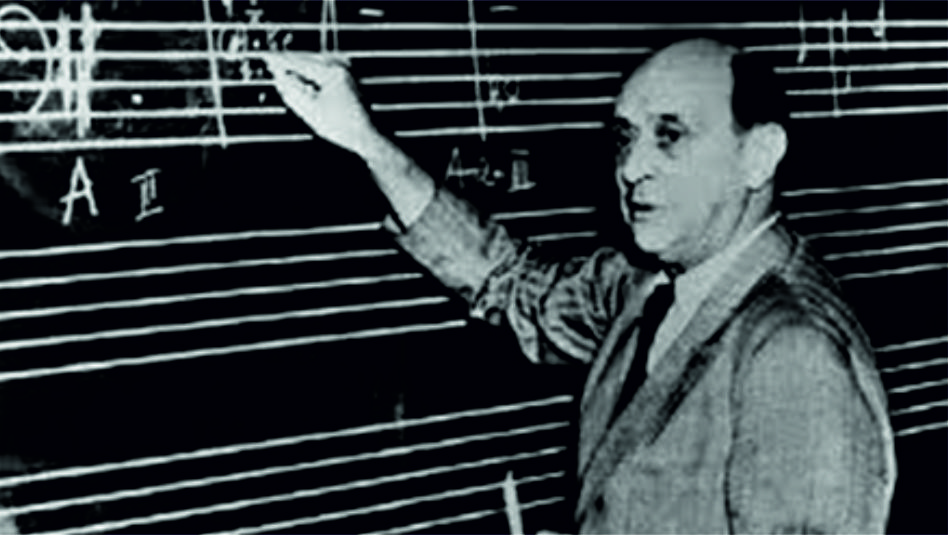One of the repeating themes in the survey answers from the entrants to the 2020 Walter Hussey Composition Competition was a request for interactive feedback and/or some form of Masterclass about their work and composing in general. This is something that we are seriously considering, but even in normal times, running a workshop for over 100 composers from 27 different countries would be a logistical challenge! So in the meantime, while we consider the options, one of our judges, Anthony Jenner, has shared some ideas for you.
The Preface to Virginia Woolf‘s Orlando begins with the words: “Many friends have helped me in writing this book. Some are dead and so illustrious that I scarcely dare name them, yet no one can read or write without being perpetually in the debt of Defoe, Sir Thomas Browne, Sterne, Sir Walter Scott, Lord Macaulay, Emily Bronte, De Quincey, and Walter Pater,–to name the first that come to mind. Others are alive, and though perhaps as illustrious in their own way, are less formidable for that very reason.”
We as musicians and composers are eternally indebted to our predecessors. Virginia Woolf went on to write an astonishingly original biography.
We should go on and write our works, but always with the handicraft and especially the genius of our masters in the back of our mind.
The recommended reading for budding composers for harmony is Arnold Schoenberg’s Structural Functions of Harmony. He was one of the great geniuses of music. You may not greatly like his Piano Concerto, but if you go back to Verklärte Nacht or Gurrelieder, you might enjoy yourselves more and have to admit that this is a pretty competent composer at work. He later became the complete revolutionary and in the end the cause of the Pop-Revolution, then necessary, amongst other things, to dam(n) the impossible complications of the post-Schoenberg composers.
Schoenberg wrote this book at the end of his life; fully conscious of what he had done, laying out for his students everything they needed to know in order to write any sort of harmony correctly.
Read it! (At least the first four chapters!)
If you are interested in Form, and you should be, then Schenker (Heinrich) is a good person. Look at some of the American followers (Wallace Berry for example) for an easier introduction and follow-up (20th century) ideas. I like the SchenkerGUIDE from Tom Pankhurst; it is clear, helpful, and less indoctrinating than many.
Regarding Form:
The most important single sentence about music comes from the conductor Sergiu Celibidache:
“Music doesn’t exist, it takes place when the beginning falls simultaneously with the end.”[Author’s translation].
What he means is that all parts (sounds) of a piece are thus related to each other, that the continuity allows everything to be experienced as a single whole. At the end, nothing is there any more – music has no existence.
When a work is conceived, the way to the end must be clear. This way may be complete, as in Mozart, or to be worked hard at (Brahms or Tchaikovsky), but the whole belongs together and is not just a row of ideas following each other.
Work hard, boys and girls and be successful!

